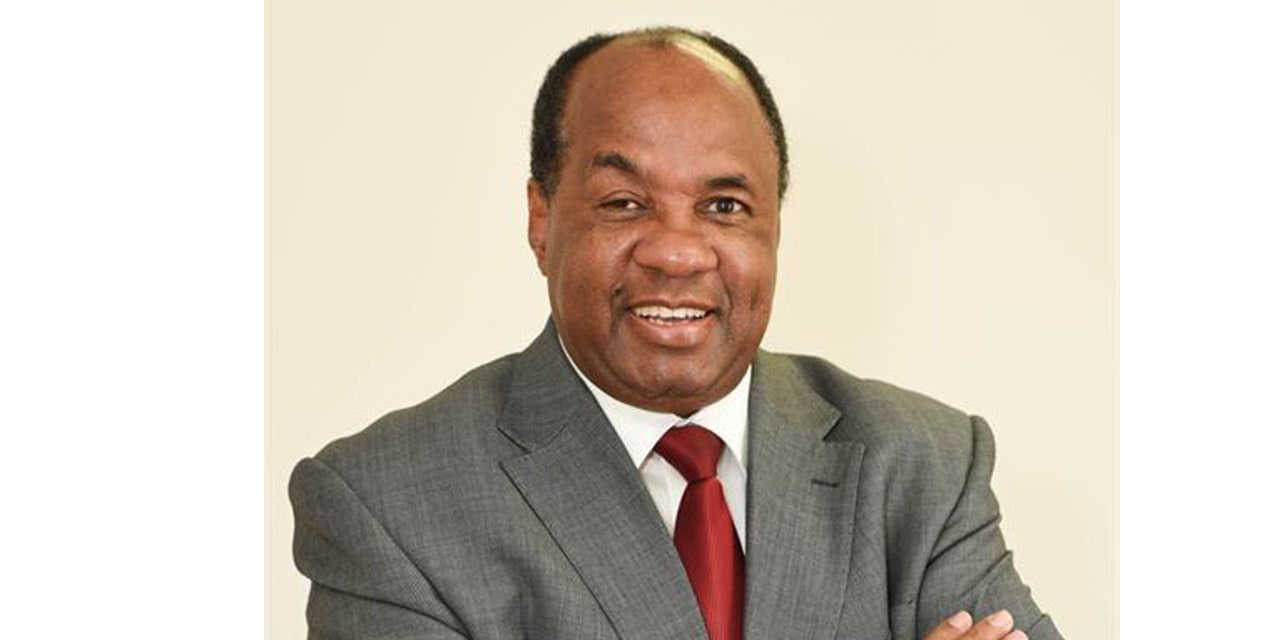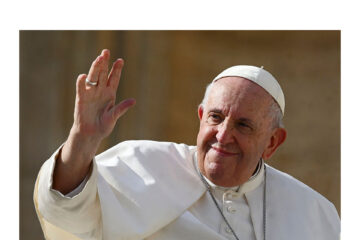Martin Endjala
The Governor of the Bank of Namibia (BoN), Johannes !Gawaxab, has cautioned against reducing the repo rate because it will negatively impact the economy of the country
He stated that Namibia is still battling to free itself from the economic downturn.
“The Inflation rate is decelerating but it is not defeated yet, so the last thing you should do is to make policy errors to just reduce the rates now. If you look at what inflation did in the first three months of last year, you get an average of seven percent.
Although it is coming down. What we are seeing is inflation in April. We are anticipating it to pick up again this month from 4.5 to 4.6 or 4.7 percent in May, and then 4.8 percent again in June. So we need to focus on the second quarter of this year where inflation should average at around 4.7 percent,” he said.
!Gawaxab said this while responding to questions posed to him during the announcement of the repo rate at the central bank’s headquarters on Wednesday.
He announced that the repo rate will remain unchanged at 7.75 percent.
!Gawaxab cautioned that Namibia is not out of the woods yet, stressing that the country has not yet defeated inflation.
He also acknowledged that inflation is not good for ordinary people and that it will negatively impact them.
He, however, explained that the bank’s mandate is to ensure that inflation comes down to the levels the bank wants before deciding to bring down the repo rate.
He took a swipe at the notion that the Bank of Namibia waits on their South African counterpart, the South African Reserve Bank to announce its repo rate before it can also decide
!Gawaxab, emphasised that the Bank of Namibia is not subject to the decision of the South African Central Bank and explained that Namibia looks at its data and saving funds specific to Namibia.
“What many people do not recognise is that our repo rate stands at 7.75 percent, while the repo rate in South Africa is 8.25 percent.
If we are so dependent on South Africa, ideally that is because we are pegged to the Rand, you would like the rates to remain the same, but to probe the local economy, individuals and businesses, our repo rate is currently at the level it is lower than South Africa,” he explained.
He added that the bank anticipates that the inflation rate will pick up again in the second quarter of 2024, hence the decision to keep it unchanged at this point.
He emphasised that there are many geopolitical issues such as the supply of fuel that could impact food prices.
“Therefore, maintaining the repo rate is to continue safeguarding the peg between the Namibia Dollar and the South African Rand while supporting the domestic economy,” he said.
He explained that this was made possible due to the international reserves stock which was lower at N$54.3 billion as of 31 March 2024 relative to the revised N$55.8 billion on 31 January 2024.
The decrease, he said, was attributed to net commercial bank outflows and government foreign payments. At this level, the international reserves stock is estimated to cover a ratio of 3.8 months of imports.
“This remains sufficient to sustain the currency peg between the Namibia Dollar and the South African Rand while meeting the country’s international financial obligations,” he said.
Further adding that the import cover excluding hydrocarbon exploration-related imports, however, stood higher at a ratio of 4.3 months and the prime lending rate remained steady at 11.50 percent.
Meanwhile, Economist and Bank Researcher, Josef Sheehama, said there is no denying that people’s financial situation is not ideal right now.
“This is disastrous for the business community and homeowners because the repo rate has remained unchanged. Energy prices are still high and the cost of living is still pinching homeowners. The cost of living has not decreased, even with inflation down to 4.5 percent,” he said.




